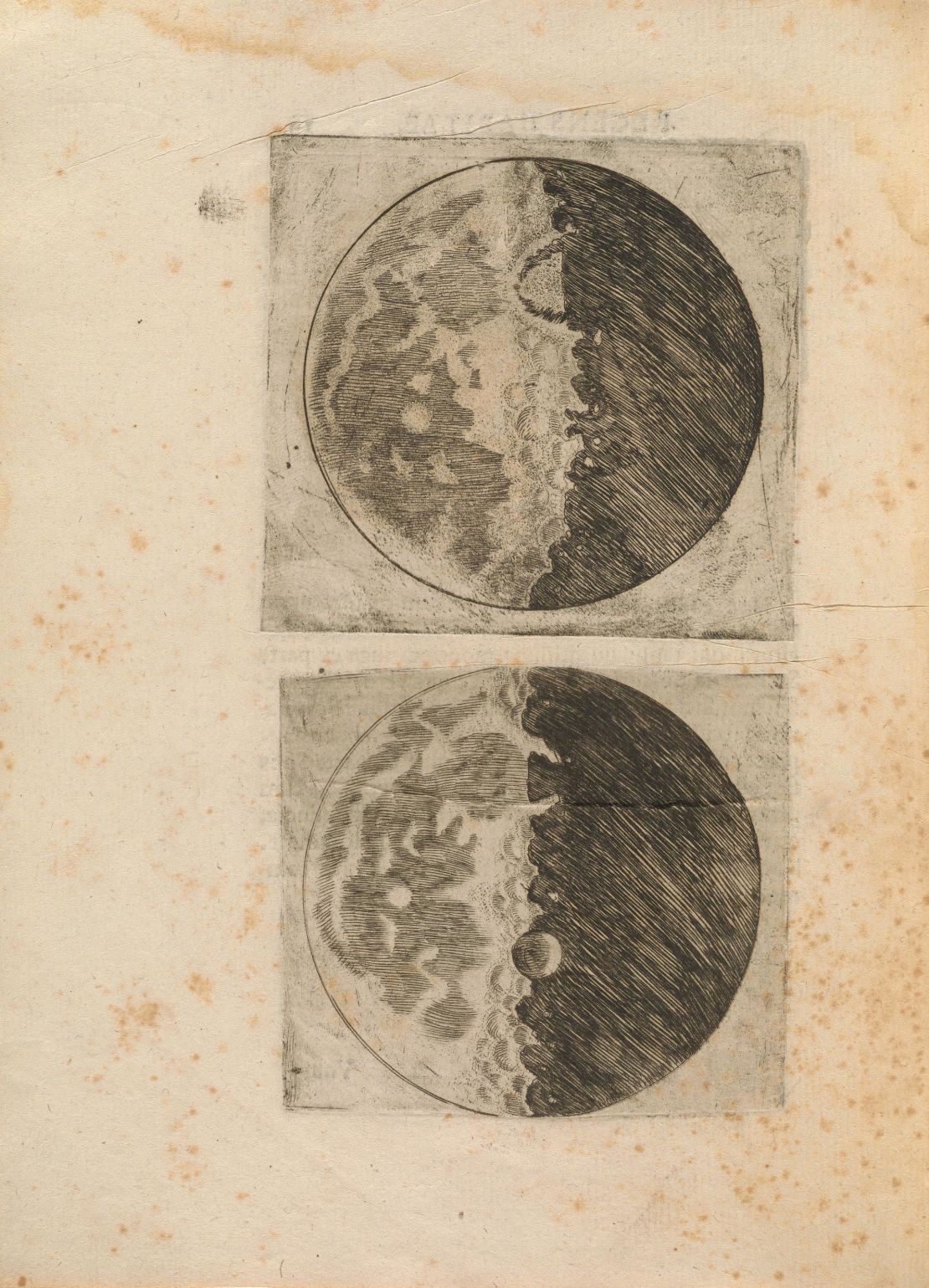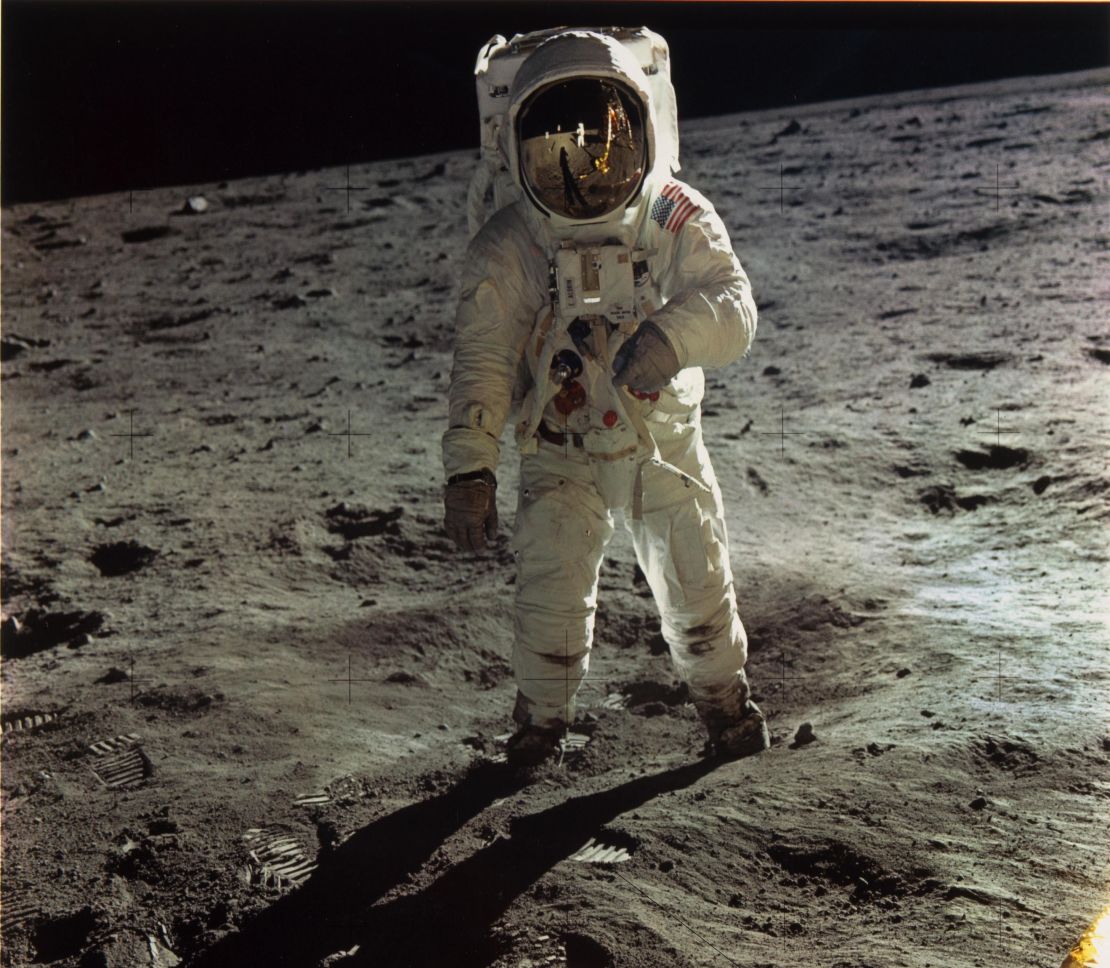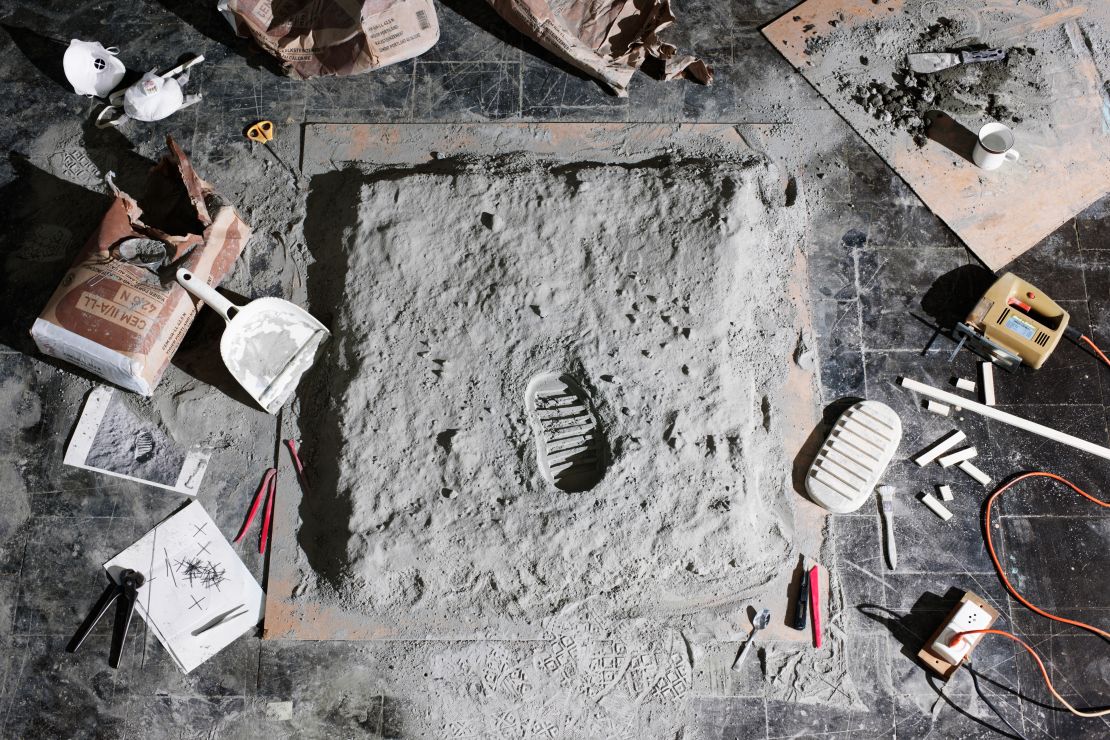In 1610, Galileo published a series of detailed drawings of the moon in his ground-breaking treatise “Sidereus Nuncius.” The astronomer’s depiction of a rough, cratered surface – which he had observed through a homemade telescope – is quite unlike other illustrations from the time.
As such, his images were considered hugely controversial. They broke with centuries of orthodoxy, challenging the Catholic church’s vision of the moon as a flawless celestial body.
And the drawings didn’t just fuel an astronomical revolution. They marked the beginning of a visual history that blends art, technology and the human imagination, according to Mia Fineman, curator of a new Metropolitan Museum of Art exhibition exploring our attempts to picture the moon.
“What Galileo did was reveal that the moon was not just a pretty disc in the sky, but had a terrain and a landscape like that of the Earth,” she said in a phone interview. “That spurred further scientific study, but it also spurred the imagination of creative people, writers and others, who began to speculate about what it’s like on the moon and whether there may be life there.”

A 400-year-old copy of “Sidereus Nuncius” is oldest among the items on display at “Apollo’s Muse: The Moon in the Age of Photography.” Moving forward through time, it takes visitors from the 17th century to the present day, via, of course, the Apollo 11 moon landing, whose 50th anniversary the exhibition coincides with.
While many of the later photographs offer a depth and detail Galileo could only have dreamed of, it is, perhaps, the Met’s images of Buzz Aldrin on the lunar surface that would have beguiled him the most. If the Earth’s only natural satellite has remained unchanged over the last four centuries, human capabilities have changed dramatically in that time.

But while photography and technology is, ostensibly, the show’s primary focus, it’s only part of the tale.
“Photography joined a scientific pursuit that already in process,” Fineman said. “And in order to tell this story we needed to bring in other kinds of objects, like books, drawings and prints of the surface of the moon that predated photography.”
The result is a collection of more than 250 items exploring not only our knowledge of the moon, but its role in the arts. They range from a 19th century landscape painting of two men contemplating a crescent moon, to the “Stoned Moon” lithographs by Robert Rauschenberg, who NASA invited to witness the Apollo 11 launch.
Elsewhere, a series of 1920s movie production sketches reveals the film industry’s obsession with imagining the lunar surface, long before Armstrong’s “giant leap” put an end to speculation. A recreation of Aldrin’s footprint on the moon’s surface by Swiss artists Jojakim Cortis and Adrian Sonderegger, meanwhile, playfully hints at the conspiracy theories that have persisted ever since.

“The moon is a paradox,” Fineman offered as an explanation for humankind’s ongoing fascination. “It’s near – the closest celestial body to us – yet it’s far. It’s ever-present, but it’s always changing. We can see one side of it, but the other side is always hidden.
“It’s always there,” she added. “But it’s always out of reach.”
Scroll through the gallery above to see images from “Apollo’s Muse: The Moon in the Age of Photography.” The exhibition is on at the Metropolitan Museum of Art in New York until September 22, 2019.












